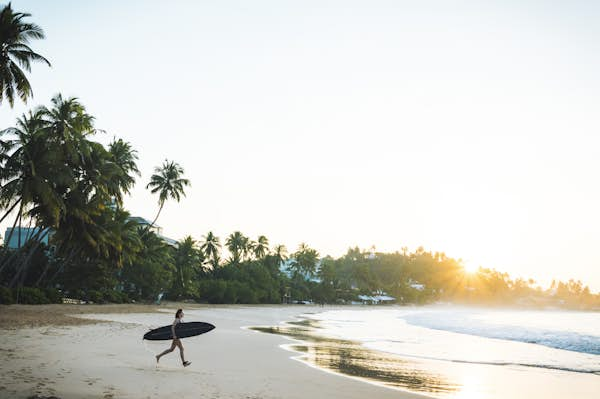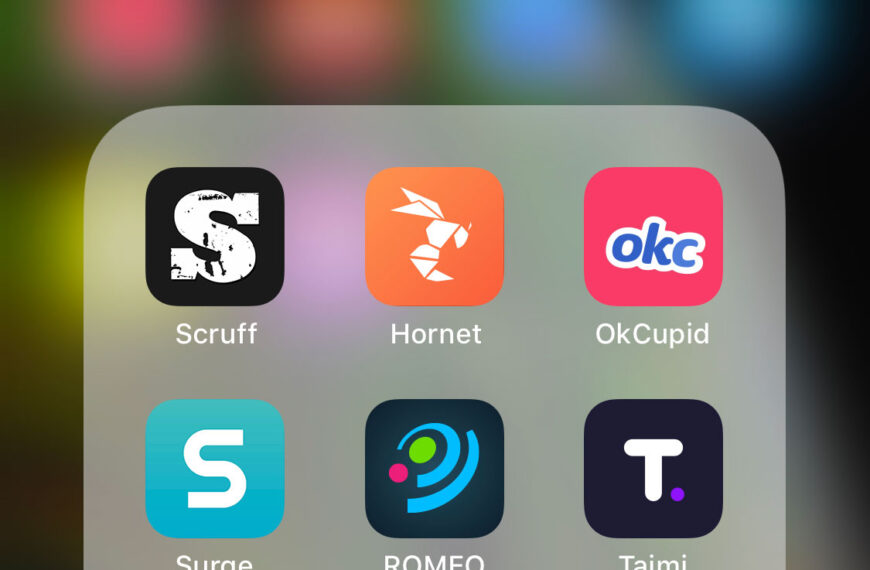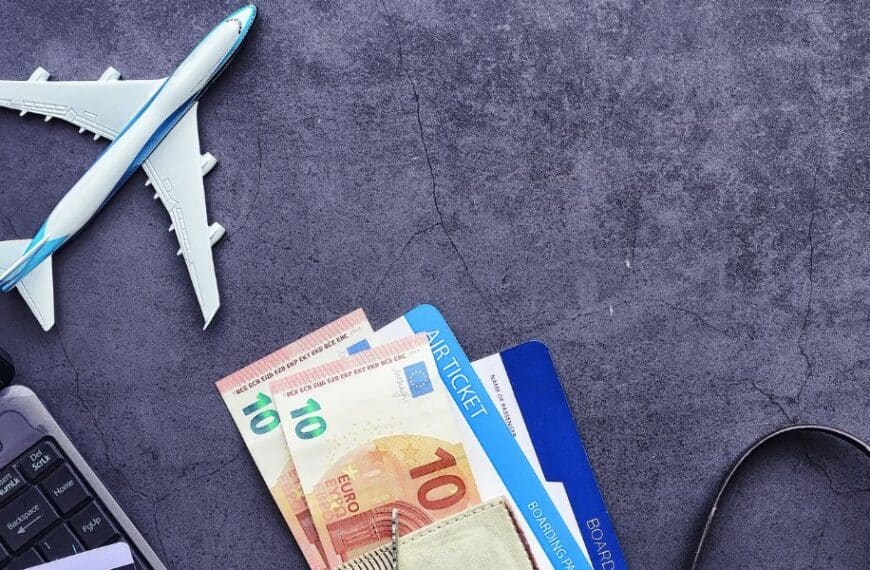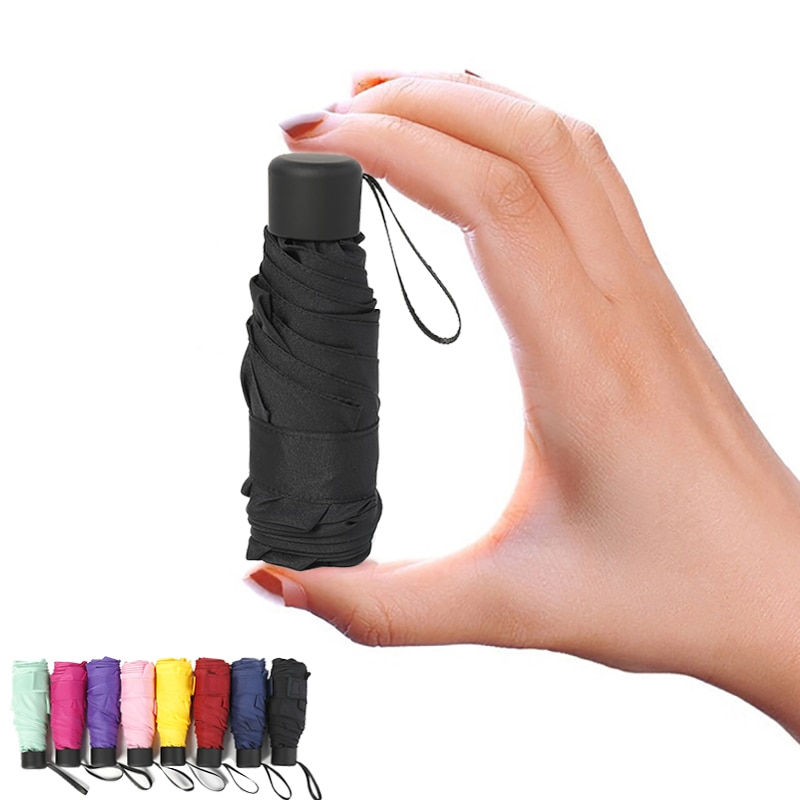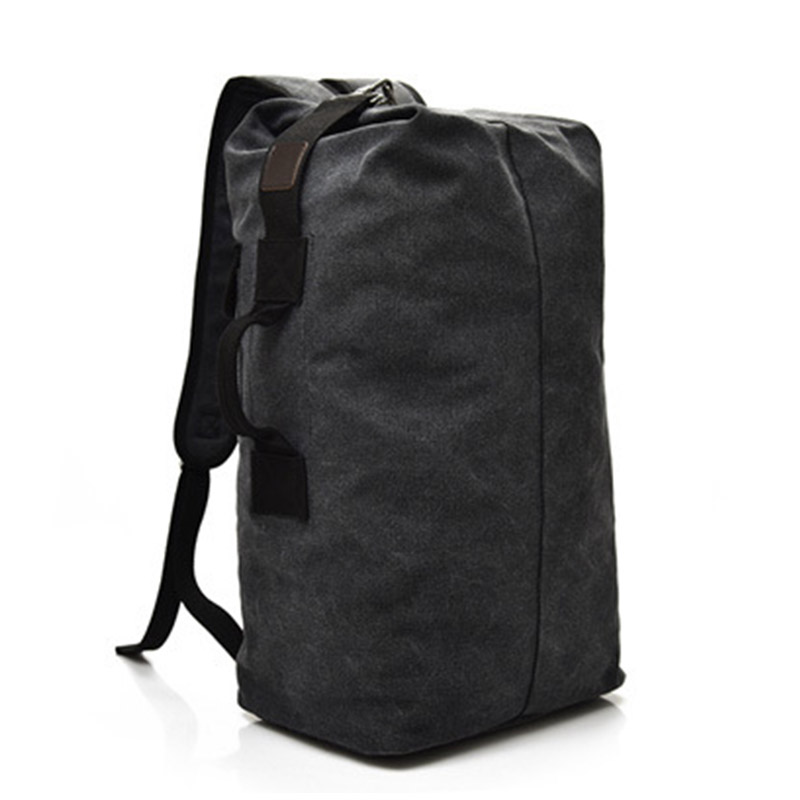Sri Lanka is one of the up-and-coming surf hotspots in South Asia. Everything from crumbly beginner breaks to rippable points is on the menu, and there are tangy eggplant curries and mist-shrouded tea fields to enjoy when you’re finished.
With one coast facing the open Indian Ocean and the other peering into the Bay of Bengal, Sri Lanka has a seriously enviable location for hitting the waves. Both sides of the island work at different times of the year – the southwest in the winter and the east in the summer. On top of that, the vibe is supremely chilled, with reggae bars dotted along the shorelines and boho surf camps welcoming all levels.
Start planning your trip to the Teardrop now with this round-up of the 11 best places to surf in Sri Lanka.

1. Weligama
Best spot for learning to surf
Weligama might not be the prettiest town out there, but it’s firmly established itself as the place to go for your first waves in Sri Lanka. The reason? Well… how does a huge, horseshoe bay with 7.2km (4.5 miles) of lapping beach break sound?
Advertisement
The center of Weligama fronts the best waves of all. It’s tucked onto a finger of land with the murky Polwatta River to the back and runs of cinnamon-colored sands to the front. What’s great is that there’s a good primary and secondary swell. Surf schools tend to stick to the latter, which is crumbly and forgiving, but you can catch some bombs when the forecast reads a big period and something over 7ft.
Countless surf schools are dotted along the bay, but sadly, some of the beachfront places don’t have the best reputations. Lucky’s Surf School is well-established and run by a member of the Sri Lanka National Surf Team. Alternatively, Layback runs surf and yoga packages with dorm and private options from its pad in the heart of Weligama.
Getting to Weligama: It should be easy to find someone to share a transfer with from the airport – Weligama is one of the most popular surf towns in Sri Lanka. However, cheap trains take about four hours for the trip from Colombo and cost just ₨ 220 Sri Lankan rupee (US$0.74) in second class.

2. Hiriketiya Beach
Best for a buzzy atmosphere
Hiriketiya used to be a secret but those days are gone. This horseshoe bay only a short detour from the busy Matara coast road is now one of the celebs of the south’s surf scene. In five years, it’s gone from a sleepy surf village with potholed track roads to a buzzy beach town complete with hipster coffee joints. The lineups have grown and it’s busy, but it’s still among the best bases for learner surfers.
It’s a perfect hyperbola of a beach, flanked by two headlands that help to shape and refract the swells into two separate breaks. The first is the Hiriketiya beach break, a super-mellow ride where beginners can practice all day long. The second is a fast, left-hand reef that offers ripping rides over urchin-caked rocks for intermediates and up.
Salt House is a lovely boutique lodging that’s only a 30-second walk from the waves, offering complimentary beginner boards and yoga at their in-house shala (studio). At night, be sure to stroll over to Dikwella Beach for Smoke & Bitters – it’s been rated among the top 50 cocktail bars in Asia. And don’t miss the doughy Neapolitan pizza at Bacuzzi, which ranks among the best on the island.
Getting to Hiriketiya Beach: Aim for Dikwella first – cheap buses go there from Colombo and Ella. An onward tuk tuk to Hiriketiya should take under 10 minutes and cost no more than ₨ 200-300 (US$0.68-1).

3. Ahangama
Best for surfers of all levels
Ahangama isn’t just one surf spot, it’s about 10. They’re all strung along a shelf of reef that runs between the resort town of Unawatuna and the next surf town along, Midigama. The whole area is linked up by the frantic Matara Road, a steady stream of hurtling tuk tuks and swaying buses; hardly peaceful but easy to navigate.
What’s great is that within the boundaries of Ahangama, there’s something for all levels of surfer and all styles of board. Check out beginner-friendly Marshmallow, a super-deep reef that lends itself to log boards and cruisy riding. Sticks is just up from that, offering vert-steep left-handers on shallow reefs. Then there’s Gas Station on the southern side of town, where intermediate peaks appear and disappear as the tide moves up and down.
Ahangama is a real vibe. It’s probably the hippest surf hub on the island right now, with roastery coffee joints and avocado-sourdough purveyors ad infinitum. The wonderful villa hotel of Kiri Palu will take you out of the fray, up into the palm-studded neighborhoods five minutes’ walk from the coast. On your way to the surf from there, stop at The Kip for coffee and breakfast.
Getting to Ahangama: As many as seven trains go from Colombo Fort to Ahangama station every day. Most surfers get a private transfer from the airport, though, which costs around ₨ 10,000 (US$34).

4. Arugam Bay
Best for surfing from May to October
Arugam Bay is the surf town of choice during the south-western monsoon. That brings rough ocean currents and loads of rain to pretty much all the other places on this list between May and October. All the while, the east coast of the island where A-Bay – as it’s come to be known – is located gets blessed by regular southerly groundswells and sun-filled days.
There’s a whole string of breaks on the menu here, but it’s right-hand points that define the coastline. Main Point is the pièce de résistance. It breaks on reefs 100m (328ft) off the main town, giving long, open walls of water and some of the longest rides in Sri Lanka. For beginners, there’s Baby Point, the uber-soft secondary swell of Main Point, and Peanut Farm, a slow break on sand and stone that hides behind, you guessed it, peanut farms to the south of town.
Arugam Bay has developed into a pretty hefty resort town in the last couple of decades. The road behind the beach is now lined with curry houses and beer bars, which can become pretty lively in the peak of the summer. Recharge after a surf with coffee and cake at Kaffi. Sundowner beers and fusion Japanese food await you at Tom & Jerry.
Advertisement
Getting to Arugam Bay: A taxi from the airport to Arugam Bay takes about five hours and costs about ₨ 15,000-20,000 ($51-68).

5. Midigama
Best for expert surfers
The coconut palms lean low against the clear-water coves of Midigama, which string around a bend in the Sri Lankan southwest coast between Weligama and Ahangama. This is the land of right and left reef points. The best of them is Ram’s, a rare expert break over unforgiving coral gardens near the now-legendary guesthouse of the same name.
But there’s more in Midigama. There’s also Coconut’s, a deep-water reef with left and right sections, and a tricky paddle out, but a fun shoulder for cutting back and turning. And there’s Lazy Left, a peeling goofy wave that has to be up there with the finest mid-length options in Sri Lanka.
Jamu Surf Lodge is right in the thick of it in Midigama. It hides behind a grassy section of shoreline and a phalanx of stick-thin coast palms, offering rooms that are polished concrete from head to toe. There’s also a boho cafe on-site where they make some of the fluffiest stacks of breakfast pancakes on the island.
Getting to Midigama: Midigama has its own station, served by daily trains out of Colombo Fort. You could also head to Weligama, from where tuk tuks to Midigama cost around ₨ 300 (US$1).
6. SK Town
Best for beach breaks
SK Town is another name for Lakshawaththa Beach, which fringes the rocky coast just east of Matara. It’s roughly midway between Hiriketiya and Mirissa, making it a fantastic drop-in spot during a surf odyssey along the southwest shoreline.
It’s all beach break here. That’s rare in this part of the island, where coral reefs reign supreme. SK, though, is a deep-bottomed run of sand that has shifting banks that create wedgy lefts and rights. They can be pretty punchy, but a good secondary swell makes this one a prime playground for local surf classes.
The key is to get in early or late. Without the reefs to hold shape in the water, the waves are always best before the wind picks up (before 9am) and after it’s dropped (post 5pm). If you choose to stay, check out the basic but very welcoming Ocean Breeze Villa. For dinner, be sure to visit Uprising Restaurant, where the fabled Rastaman makes fresh coconut curries to a backing track of The Wailers.
Getting to SK Town: There’s no direct transport to SK Town, so you’ll need to catch a tuk tuk from Matara. Haggle for them but expect to pay ₨ 300-400 (US$1-1.35).

7. Hikkaduwa
Best for cocktail bars and nightlife
You won’t find an empty wave set in Hikkaduwa these days. This is one of the most developed of all the surf towns south of Colombo and it’s easy to see why. Not only does it have breaks for all levels, but it’s garnered a reputation as a bit of a party town to boot.
Benny’s is the best-quality wave in the area that can handle bigger swells of up to 10ft, occasionally gets hollow, and offers open faces to carve with turns from bottom to top. There’s also the beach break at Narigama, which is a little like Sri Lanka’s answer to Kuta in Bali – a learner’s paradise.
If the budget allows, Villa Saffron Hikkaduwa is the place to rest. It’s within walking distance of Narigama Beach and has sprawling suites with indoor-outdoor bathrooms that spill into antique-filled common spaces – very cool indeed.
Getting to Hikkaduwa: Trains run on the Southern Rail Line from Colombo to Hikkaduwa. Tickets start at ₨ 280 (US$0.95) and the trip takes under two hours. A private transfer from the airport should cost no more than ₨ 10,000 (US$34).

8. Kabalana Beach
Best for a perfect A-frame wave
The long surf zone of Ahangama is capped off at its northwestern end by the blazing gold stretch of Kabalana Beach. A soft squiggle of a beach that’s bounded by the Matara Road, it measures just under 650m (2132ft), going from a shallow patch of reef at one end to a more rugged reef with protruding sea boulders at the other.
In Kabalana, all hail The Rock. It’s a steep A-frame wave with rides on both sides. The left is a perfectly tapering shoulder that invites 200m (656ft) cruises and big turns. The right is faster and steeper, with shorter rides that will zip you over the lip and back into a neat paddle channel. This spot works almost all through the dry season, so it’s a magnet for intermediates and up who want reliability.
Beginners are also catered for here, thanks to the mellower beach break that threads down the sandbar on the south side of Kabalana. Surf schools from Ahangama and even Galle now use that for lessons and it’s generally very good vibes all round. For a touch of luxury, stay at Mosvold Villa and do your surf checks from the side of the pool.
Getting to Kabalna Beach: Buses going between Galle and Weligama on the main Matara Coast road will all stop at Ahangama. The slow train from Galle arrives at Kathaluwa Station just to the northwest of Kabalana, while trains from Colombo take around three hours to get to Ahangama station, which is an easy five-minute tuk tuk from Kabalana.

9. Mirissa
Best for “après-surf”
Long a playground for boozy nights in the beachfront bars, Mirissa still gets washed by the same Indian Ocean swells as the rest of the southwest coast.
Between November and March, they power up a pretty fast right-hander that zips over a shallow rock reef at the western end of the sand (for intermediate to advanced surfers). They also roll into the fishing breakwater in the next bay along to give a crumbly left-hander with an easy paddle channel (for intermediates and up).
Mirissa isn’t short on visitors. Everything from whale watching to pub crawls happens here, so don’t expect any waves to yourself. To escape the hubbub, you can scramble the hill path to Secret Beach. There’s no surf, but a couple of idyllic, conch-shell coves poke out from the coconut groves – just beware of the misbehaving langur monkeys.
Getting to Mirissa: Hop on the express train from Colombo to Weligama and then catch a tuk tuk around the headland to Mirissa – they cost ₨ 300-500 (US$1-1.69).
10. Unakuruwa
Best for escaping the crowds
Unakuruwa is for slowing down the pace, kicking back in a hammock for most of the day, and surfing whenever you feel like it. Content to let the nearby spots of Tangalle and Hiriketiya take the crowds, it’s remained pleasantly undeveloped compared to other bays in the south. A mere 250m (820ft) across, the bay is a halo of palm-thatch cabanas, beach hotels patrolled by squawking cockerels, and painted fishing boats that bob on the shoreline.
The surf itself isn’t the most reliable. Your main option will be a right-hand point break that works with the bigger swells of the dry season, curving around the rocks on the west side of the bay to give slow, lackadaisical rides that are fun on bigger boards or fish boards, which offer a bit more float and volume.
Unakuruwa is becoming an increasingly popular base for surfing in the south. While its resident waves aren’t epic, you’re only a 25-minute ride from Hiriketiya but get the added bonus of sleeping in a hammock-swinging coastal village that’s never busy.
Getting to Unakuruwa: Getting here will be more of a challenge than getting to surf towns nearer Colombo. Trains don’t go past Matara, so you’ll need a tuk tuk or a taxi to travel the 30 minutes from there to Unakuruwa. Local buses are the cheaper option, but they’ll drop you on the main New Tangalle Road and it’s a walk from there.

11. Madiha
Best for punchy reef breaks
Blink and you’ll miss the turn off to Madiha. It’s a detour down unassuming, single-lane tracks on the outskirts of Matara, though leafy neighborhoods of walled gardens. At the end of a dead-end road, there’s a narrow walkway through the palms that leads to the waves, which fire off two separate dashes of rocky reef.
There’s a nice right with a peeling shoulder on mid-sized swells and the potential to offer long rides of over 250m (820ft) on the best days. But it’s the more challenging left that people shout about because it glasses up beautifully with morning offshores to form a curling peak that barrels straight off the take-off. It recalls something out of Canggu and isn’t usually all that busy, though the shallow reef shelf means this is for advanced surfers only.
The whole street behind the Madiha reefs is a hotspot for surfers. Drop into Swell Café for a post-surf mocha and don’t miss the regular ping-pong tournaments, live music and curry buffets at SandBank Restaurant.
Getting to Madiha: Aim to get to Matara first and then it’s just a case of hitching a tuk tuk ride to Madiha. All the local drivers know where to go and the ride should cost in the region of 400-500Rs (US$1.35-1.69).

